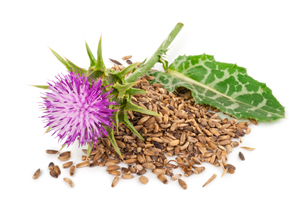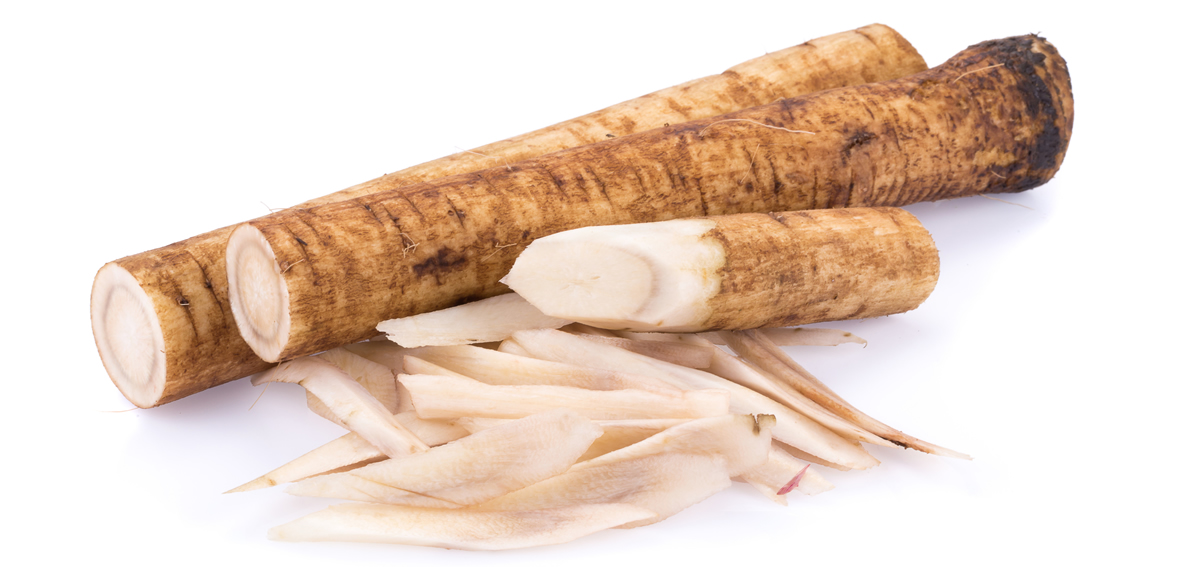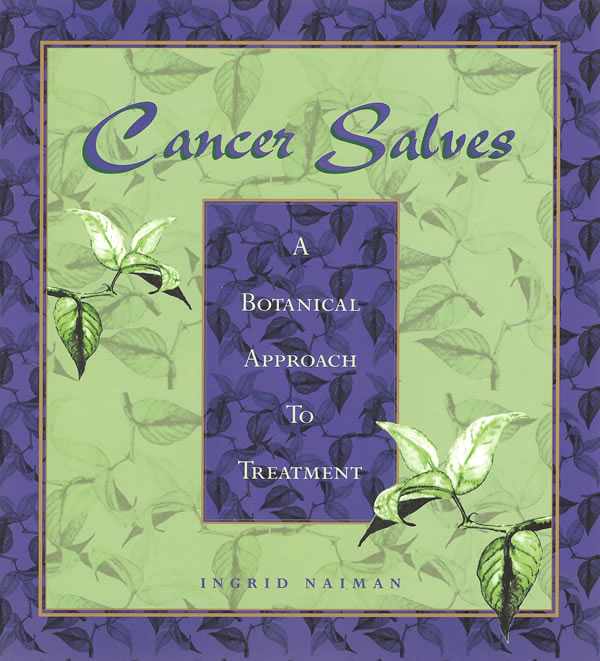Essiac
Author: Ingrid Naiman

Essiac: Blend of Herbs
Burdock
Slippery Elm
Sheep’s Sorrel
Indian Rhubarb
Rene Caisse
Essiac is the name of its discoverer
Since Essiac is now a very well known treatment, it is important to point out that while Caisse did provide the herbs for oral use, most of her greatest success would seem to have involved the
As with many who experience the frontiers of knowledge, Caisse speculated about what many to this day do not understand. She felt there was an undiscovered gland that was affected by Essiac, one that acts to inhibit the supply of the substances that nourish cancer cells. Everyone, even her strongest defenders,
The Herbs
According to the providers of the best-known version of the formula, “all four herbs normalize body systems by purifying the blood, promoting cell repair, and aiding effective assimilation and elimination. When combined, their separate beneficial effects are synergistically enhanced.”
Burdock Root (Arctium lappa)
Burdock is the main herb in the formula adapted from the Ojibwa tradition. Interestingly, it is also a key herb in Hildegard of Bingen’s 12th century internal tonic for cancer. It is discussed in the appendix of my book where I point out that it remains to this day a highly controversial herb, prized by many as a diuretic and even as the main herb to prevent angiogenesis, the formation of auxiliary arteries that feed
Burdock is actually a member of the daisy family. It is native to Europe but grows almost anywhere, obviously in the Great Lakes area where the nurse’s and the Ojibwa’s paths met. The Japanese, who call burdock “gobo” eat it as a sort of Zen austerity. The root is long and thin, sort of like a carrot without pigmentation. It is definitely Zen and bland tasting. The French prepare burdock like asparagus and some people prepare it as a potato substitute in soups, pancakes, and cutlets. It is one of the main ingredients in most grain coffees, certainly a reason for cancer patients who are concerned about caffeine and its effect on the pancreas and cancer to switch to grain coffee.
Burdock is easy to grow. I had lots of it in my garden in Cundiyo and ate the leaves and roots. It is the first year’s growth of the roots that
Scientific studies in Germany (1967) and Japan (1986) concluded that burdock has powerful antifungal and antibacterial actions. It is such a good blood purifier that it can even be used with venomous bites. Unlike the Ojibwas and Caisse, most herbalists combine burdock with yellow dock and sarsaparilla . . . in which case it would have extremely valuable blood purifying actions. Even by itself, it is highly regarded as the herb of choice for conditions such as eczema.
I found a
Research on burdock is sparse but consistent. Hungarians found
So, we have at least 800 years of herbal medicine supporting the use of burdock. Burdock is in the Hoxsey formula that we have re-created . . . and I would like to go on record saying that I personally believe this formula to be significantly superior to Essiac, but it is also much more concentrated than a tea could ever be.
Slippery Elm (Ulmus fulva)
Slippery elm must be one of the most nourishing and protective herbs Nature has to offer. It is highly mucilaginous and soothing and is the primary ingredient in many Native American poultices, including the one used by
I have given a little slippery elm to dogs with gastrointestinal distress and recommended it for people who are convalescing and wish to enrich a hot porridge with something that is mildly medicinal and nourishing. It gives very fast relief for
Sheep's Sorrel (Rumex acetosella)
Though sheep’s sorrel can be found in most temperate zones, its medicinal uses were first learned from Native Americans. Like burdock, it is a diuretic and detoxifier. Also, as with other docks, it is has laxative properties, quite gentle, but nevertheless useful for detoxification of the gastrointestinal tract. In it contraindicated for people prone to forming kidney stones, perhaps because it is a rich source of trace minerals.
Indian Rhubarb (Rheum palmatum)
Rhubarb is an astringent herb with a major purging effect that is tolerable to most people though I personally far prefer other herbs. Nevertheless, it has a long history in China and many other parts of the world as a laxative and effective treatment for many gastrointestinal problems. Due to the tannins (which cause the astringency), this herb is constipating in small doses and laxative in higher doses. Therefore, a proper formula is needed to bring about the intended purging of the colon without cramping. It has been used extensively for the treatment of Candida albicans as well as bacterial infections, especially Staphylococcus aureus. Studies suggest that one of its primary constituents, rhein, safely reduces infections in the eliminatory system that contribute to inflammation.
Additional Herbs
The recipe in my book contains the four above-mentioned herbs that everyone agrees were part of the original formula plus kelp, red clover, blessed thistle, and watercress, herbs I was assured were also in the original Caisse remedy. The proportions remain a subject of enormous debate within the community of alleged cognoscenti.
Use of Essiac
When using Essiac, Caisse noted that
Advice, Warnings, and Contraindications
Further Information

Burdock
Dreamstime ID 30342512
© Jochenschneider
Dreamstime ID 71358615
© Kaiskynet
Many experts throughout history have regarded cancer salves and pastes as the most thorough, safe, and efficacious way to treat cancer, especially skin and breast cancers but also cancers of other organs. In this book, Ingrid Naiman meticulously traces the use of such products in ancient India and by Hildegard of Bingen, Native Americans, and modern physicians. She provides detailed instructions for making and using the salves, a fair comparison of the pros and cons, and eight pages of color pictures showing responses to the products. Visit her Cancer Salves site for more information, answers to frequently asked questions, and a checklist for people facing cancer.

Cancer Plants
Donations
Your donations are greatly appreciated.
Information
Newsletter
To be notified of new posts to this site, please subscribe, using the link button below. You can cancel your subscription at any time you choose.
Copyright by Dr. Ingrid Naiman 2003 and 2018
All Rights Reserved || Institute for Invisible Epidemics
